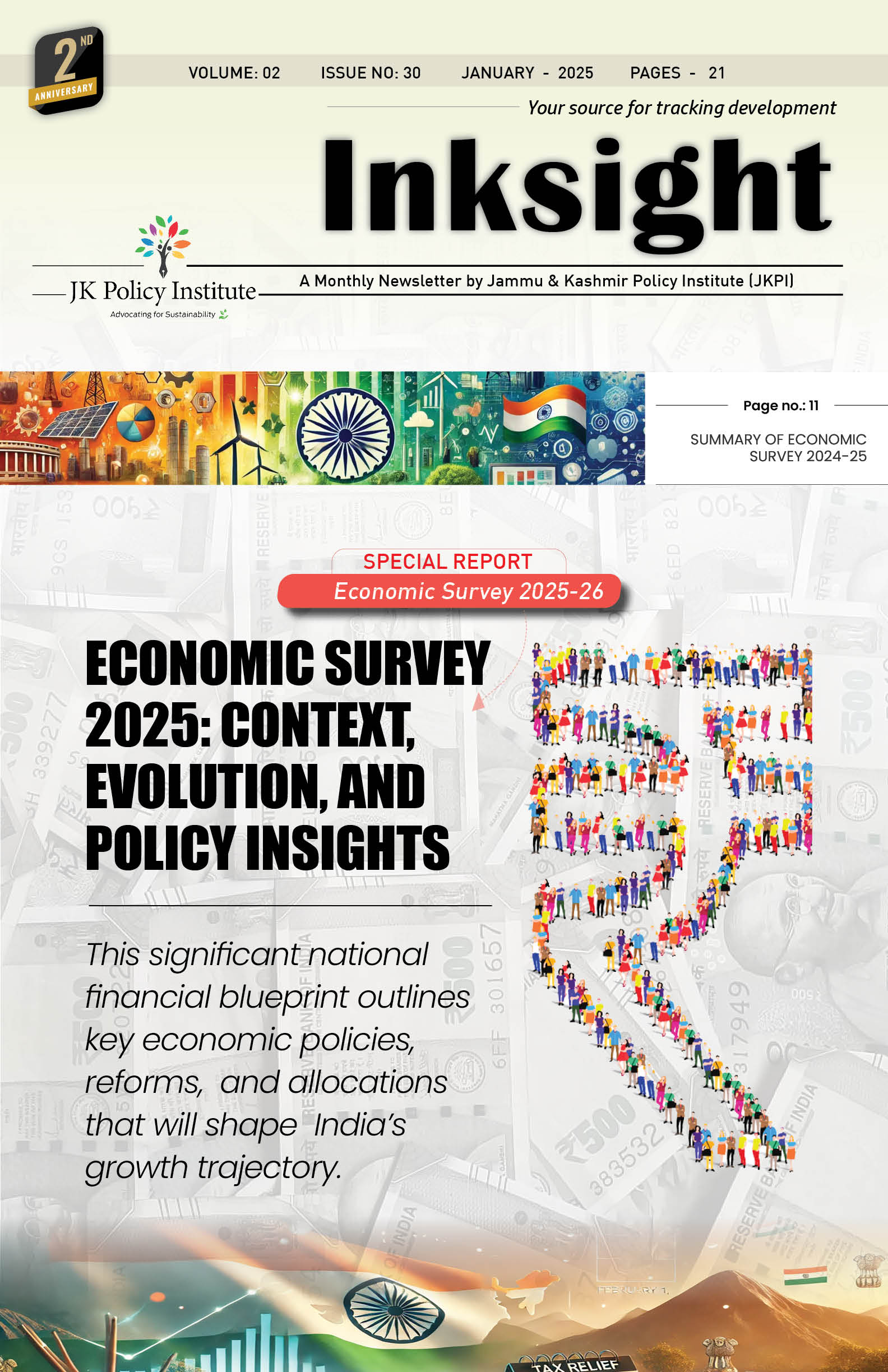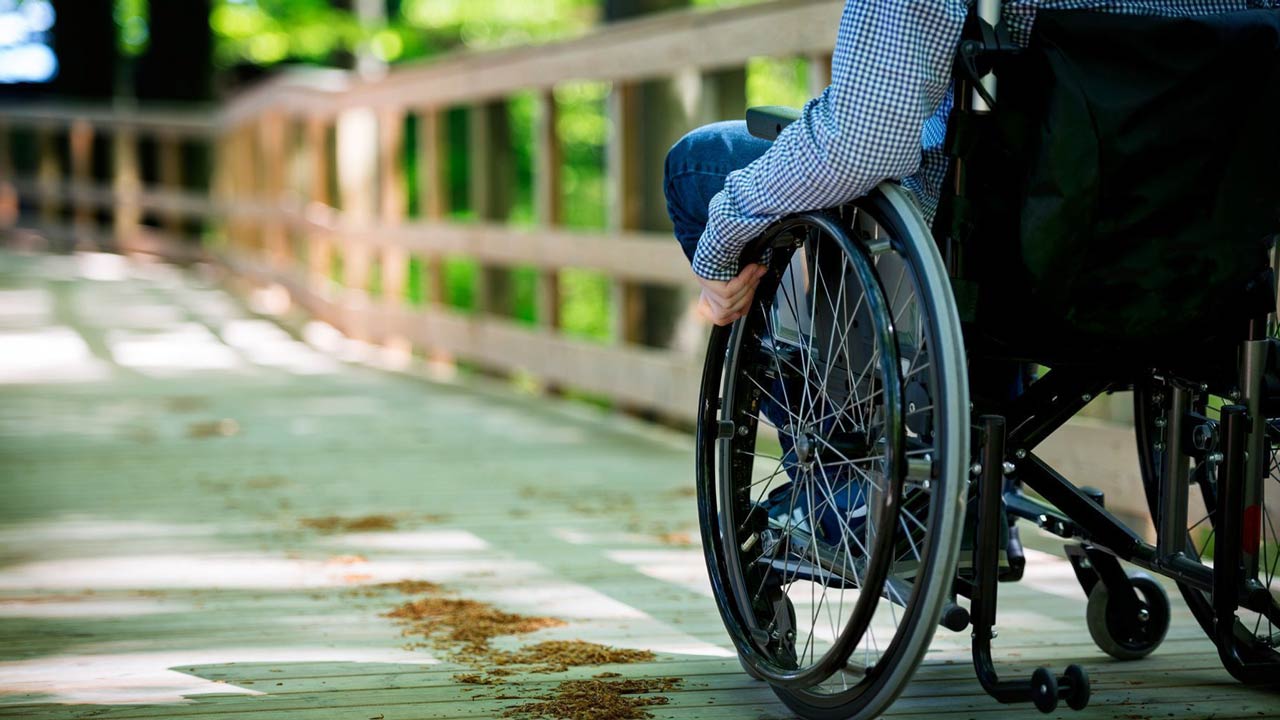Every individual is entitled to basic rights and access to fair justice. However, access to these rights is constrained for many people due to various disabilities. Persons with disabilities face multidimensional challenges. Due to physical, mental, or sensory impairments, almost half a billion people are disabled. Persons with disabilities, or differently-abled people, have historically faced marginalization in terms of accessing justice and other facilities. They constitute 16% of the global population, with 80% living in the global South. They are the largest minority in the world. Global health catastrophes, disasters caused by climate change, and natural hazards typically affect them the most. Therefore, ensuring their inclusion in all aspects of development is essential.
According to the World Health Organization, disability is an impairment, limitation, or restriction in activity caused mainly by health issues and environmental factors. It includes visual impairment, hearing impairment, locomotor disability, speech and language disability, dwarfism, cerebral palsy, intellectual disability, and more. Persons with impairments are twice as likely to experience illnesses such as obesity, diabetes, asthma, depression, and poor dental health. A 2004 British study found that people with disabilities are less likely to receive preventive care, legal protection, or police involvement, and are more likely to become victims of violence or rape (Tricia Dodd et al., 2004). A study by UNESCO reveals that 90% of disabled children in underdeveloped nations do not attend school.
People with disabilities experience worse health outcomes, lower educational attainment, lower rates of economic participation, and higher rates of poverty globally compared to those without disabilities. This is partially due to the difficulties that individuals with disabilities face in accessing services such as information, transportation, healthcare, education, and employment. In the majority of the Organization for Economic Cooperation and Development (OECD) member nations, women report higher occurrences of disability than men.
The Global Disability and Disasters Survey was launched in 2013 by the United Nations Office for Disaster Risk Reduction (UNDRR). The UNDRR 2023 Global Survey on Persons with Disabilities and Disasters, conducted ten years later, provides data from the perspective of disabled people. To record changes over time, the 2023 survey draws from the 2013 survey. Based on 6,342 responses, an overview of the survey’s global findings for 2023 was produced, with comparisons to the 5,717 respondents from the 2013 poll.

The Asia-Pacific region accounted for 47% of the total responses, followed by the Americas and the Caribbean at 44%. Two countries with disproportionately high response rates were Bangladesh (2,322) and Colombia (1,941). While 3% of responses came from Europe and Central Asia, 4% were from Africa. Additionally, 1% of respondents came from the Pacific region, and another 1% were from the Arab States. Less than 1% of respondents identified as stateless.
The WHO Global Report on Health Equity for Persons with Disabilities shows that despite recent improvements, the world is still far from realizing this right for millions of people with disabilities. Sustainable Development Goals and global health priorities will not progress without ensuring health for all. People with disabilities have the right to exercise their civil, political, social, and cultural rights as encapsulated by the United Nations Charter, the Universal Declaration of Human Rights, the International Covenants on Human Rights, and other relevant human rights instruments. The complete implementation of all human rights for people with disabilities is an inalienable, essential, and inseparable component of all human rights and fundamental freedoms, according to the United Nations Disability Inclusion Strategy. Thus, there is a greater need for health equity through disability inclusion.
Indian Scenario
The Indian Census showed an increase in the percentage of persons with disabilities from 2.13% (21.91 million) in 2001 to 2.21% (26.81 million) in 2011. People over 60 have the highest prevalence of impairments, which rises gradually with age. According to a World Bank assessment, India has an estimated 50–80 million disabled people. The 2011 census reports that India has 2.68 crore people with disabilities, or 2.2% of the country’s overall population. Men make up about 1.50 crore of the total population of people with disabilities, while women make up 1.18 crore. These individuals include those with mental illness, intellectual impairments, multiple disabilities, and other disabilities, such as visual, hearing, speech, and locomotor problems. Persons with disabilities in urban areas constituted 30.51% (8,178,636), including 4,578,034 males and 3,600,602 females, as per the 2011 census. In contrast, the total number of persons with disabilities in rural areas accounted for 69.49% (18,631,921), including 10,408,168 males and 8,223,753 females.
In India, the Rights of Persons with Disabilities Act of 2016 gave effect to the United Nations Convention on the Rights of Persons with Disabilities. The UN General Assembly adopted the convention in 2006, and it entered into force in 2008. India ratified the convention in 2007. According to the 2016 Act, the central government was mandated to notify guidelines and standards for public buildings. Rule 15 of the Rights of Persons with Disabilities Rules, 2017 addresses information and communication technology, transportation, and the physical environment. Rule 15 was amended in 2023 to require adherence to the harmonized guidelines by 2021.
The Department of Empowerment of Persons with Disabilities (Divyangjan) was established in 2012, carved out of the Ministry of Social Justice and Empowerment, to ensure greater focus on policy matters and effectively address disability issues. The fifth National Family Health Survey (NFHS) (2019–21) included five disability statuses to depict the burden of disability and its associated predictors. The fifth round of the National Family Health Survey (NFHS), conducted between 2019 and 2021, reveals that the rate of locomotor disability was the highest (4 per 1000), followed by mental (2 per 1000), speech, hearing, and visual disabilities.

Access audits were carried out in 1,671 buildings across 48 cities in the states and Union Territories, and the Centre received financial proposals for the retrofitting of 1,484 buildings. The Ministry of Social Justice informed the Rajya Sabha on December 13, 2023, that work on 1,314 buildings has been sanctioned, and 623 buildings in 20 states have been retrofitted. Furthermore, the government responded that 2,839 state government buildings had been identified for retrofitting using state funds. India will face significant structural and budgetary hurdles due to the increase in the ageing population and people with disabilities.

Government Initiatives
The Scheme for the Implementation of the Rights of Persons with Disabilities Act (SIPDA) has been a priority for the government. To provide a barrier-free environment for persons with disabilities, the Government of India has been focusing on their overall inclusive growth.
Accessible India Campaign
The government of India launched the Accessible India Campaign (Sugamya Bharat Abhiyan) as a nationwide campaign for achieving universal accessibility for Persons with Disabilities (PwDs) on December 3, 2015. It has three important verticals: the Built Environment, the transportation sector, and the ICT ecosystem.
The focus is on enhancing the proportion of accessible government buildings, airports, railway stations, and public transport. It also includes enhancing the proportion of accessible and usable public documents and websites that meet internationally recognized accessibility standards, increasing the pool of sign-language interpreters, and improving the proportion of daily captioning and sign-language interpretation of public television news programs. Additionally, there is a focus on the National Action Plan for Skill Development of Persons with Disabilities (NAP-SDP).
Unique Disability ID
The Unique ID for Persons with Disabilities project is being implemented with the aim of creating a National Database for PwDs and issuing a Unique Disability Identity Card to each person with a disability. The project will not only encourage transparency, efficiency, and ease of delivering government benefits to people with disabilities but also ensure uniformity.
National Fellowship for Students with Disabilities
The National Fellowship for Students with Disabilities aims to increase opportunities for students with disabilities to pursue higher education and grants 200 fellowships per year to students with disabilities.
Deendayal Disabled Rehabilitation Scheme (DDRS)
The Deendayal Disabled Rehabilitation Scheme is a Central Sector Scheme of the Government of India that has been implemented since 1999 to provide financial assistance to NGOs working for the education and rehabilitation of persons with disabilities.
The Divya Kala Mela was held in different cities throughout the year in 2023. It was intended to ensure equal participation of Divyang individuals in India’s overall growth and aimed at holistic development and empowerment for persons with disabilities. Additionally, India’s First Festival of Inclusion (Purple Fest) was recently held in Goa in January 2024, involving thousands of Divyangjan and transgender individuals, aimed at fostering a sense of belongingness.
Despite all these initiatives, loopholes still exist both in the policies and the implementation front. According to Rama Chari, the director of the Diversity and Equal Opportunity Centre, “the implementation of accessibility standards has been haphazard, lacking consistency, budgetary allocation, monitoring, and sensitization.” Satendra Singh, founder of Doctors with Disabilities, stated, “People who are entrusted with the responsibility to implement the standards are not sensitive. Unless there is punitive action, they won’t change.” Therefore, urgent policy interventions are required to address these impending gaps.
Way Forward
- Strict policy implementation and enforcement should be the priority. Along with this, the monitoring mechanism has to be strengthened. Budgetary allocations should also be increased. However, accountability should be ensured regarding whether the allocated funds have been properly utilized.
- Skill development for persons with disabilities should also be the government’s focus. Continuous vocational and specialized training programs should be promoted.
- Enhancing inclusive healthcare facilities and services for persons with disabilities should be heavily emphasized in policy thinking and implementation.
- Developing a robust social protection and support ecosystem for persons with disabilities is essential. Social security should be ensured to cover their health and other expenditures. This also includes providing them with rehabilitation services and creating community awareness programs to promote awareness and sensitization, which will eventually lead to the reduction of discrimination and social stigma against persons with disabilities.
- Proper research should be conducted to fill in the policy gaps. Regular surveys should be conducted to collect precise data. Additionally, centralized and localized databases to track the status and needs of persons with disabilities should be created.
- Non-governmental organizations can play an effective role in reaching out to persons with disabilities. Therefore, the government should aid and support such organizations. Coordination between government and non-governmental organizations can better ensure the accessibility and inclusivity of persons with disabilities.
References:
-
-
https://indianexpress.com/about/rajya-sabha/



Leave a Reply
You must belogged in to post a comment.